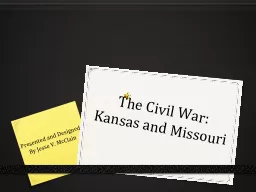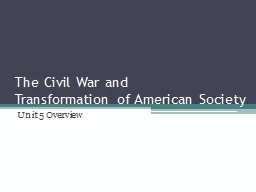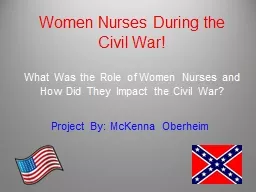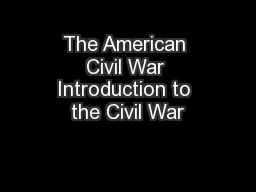PPT-Topic 17 Coming of the Civil War
Author : stefany-barnette | Published Date : 2018-11-27
Who were the abolitionists and what did they believe While many people n the northern states did not like slavery and wanted to prevent its spread only a minority
Presentation Embed Code
Download Presentation
Download Presentation The PPT/PDF document "Topic 17 Coming of the Civil War" is the property of its rightful owner. Permission is granted to download and print the materials on this website for personal, non-commercial use only, and to display it on your personal computer provided you do not modify the materials and that you retain all copyright notices contained in the materials. By downloading content from our website, you accept the terms of this agreement.
Topic 17 Coming of the Civil War: Transcript
Download Rules Of Document
"Topic 17 Coming of the Civil War"The content belongs to its owner. You may download and print it for personal use, without modification, and keep all copyright notices. By downloading, you agree to these terms.
Related Documents














